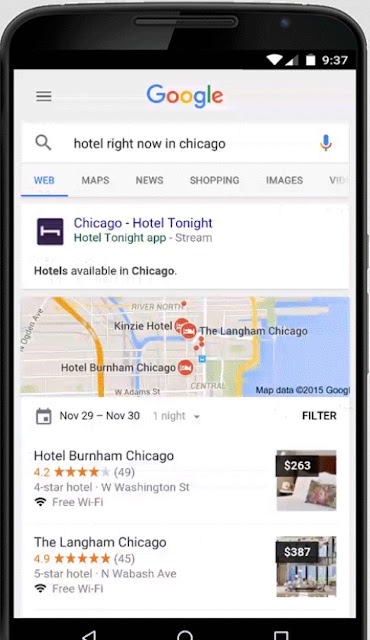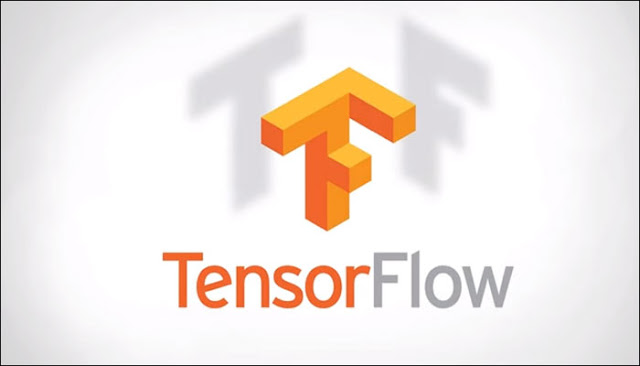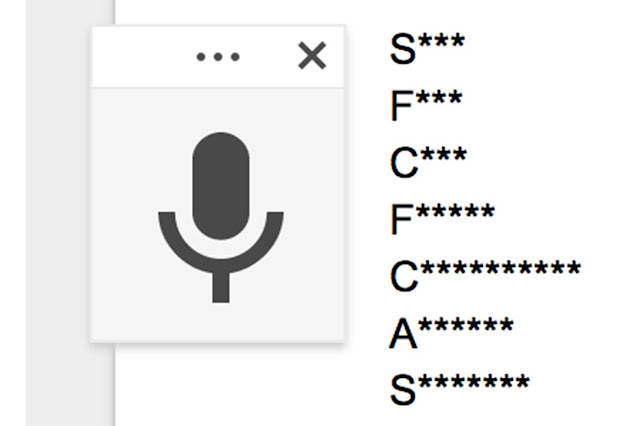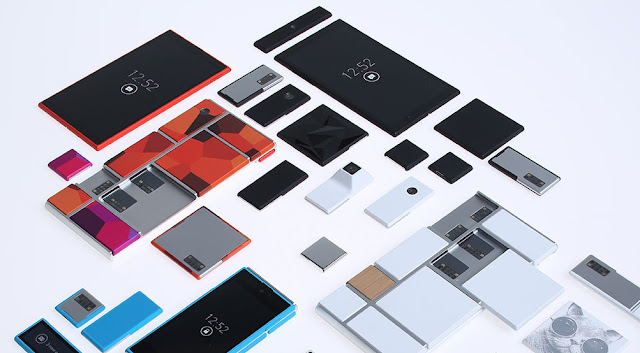Google – Use Apps without Download
Google is experimenting with tech that enables you to use apps without downloading them. It was Google’s plan of keeping its crown with regards to mobile search. Earlier searching for the Web would be sitting in front of a desktop computer and editing words in the search box at Google.com.
But now, with the enhancement in technology, individual open a smartphones app, instead of going to Google. However Google intends to change it and the Mountain View, California, company desires to extend its search dominance to smartphones by offering an option of using apps without the need of downloading them to your phone.
Should a user search for a product for instance hotel room by utilising Google’s app on a smartphone powered by the company’s Android software, it displays the search results from across the web as usual. However there would also be some details from apps like Hotel Tonight, the San Francisco-based app for booking last minute rooms. If the button is tapped, Google displays the app and the user could book a room, even though the same is not installed on their phone.
Streaming Video to Phone via Internet
For those who have been waiting for a long length of time between tapping `install’ and then able to open an app on the phone, it seems thrilling. The trick is that the company has been streaming a video to your phone via the Internet while the apps run in a computer several miles away.Presently Google is only capable of doing that with nine apps namely Hotel Tonight, Daily Horoscope, My Horoscope, New York Subway, Weather, Visual Anatomy Free, Useful Knots, restaurant finder Gormey and national parks guide Chimani. Lead engineer for Google’s mobile search and app indexing team, Rajan Patel commented that they feel like it is their role to ensure they have answers, in mobile often which are in apps.
This move for consumers would mean cutting out time and the trouble it involves in downloading an app and then installing it on the phone. One could utilise an app without the need of it occupying space on the device.For Google it could be revolution of making mobile app less applicable, keeping the search giant at the top for smartphone users. Though Google’s desktop search engine seems to be the most successful in the world, it is not as unattainable on Smartphones.
Deep Linking Technology
However, this is not the only option Google is making attempts in trying to enhance mobilesearch. Google, in April had altered the way of organizing all websites, ranking those which show better on smartphones and the company had been working in making information from within the apps much more searchable on Google. This technology is known as deep linking.
The company had also informed that it has now over 100 billion links to information from apps. Due to the technology which it had acquired last year from a start-up known as Agawi, Google also has the capability of streaming these apps. Google is not actually giving access to the app, technically.
According to a spokeswoman, it seems like one is in the program, though the company is in fact streaming you a high-resolution video which can be tapped and scrolled just as a normal app. The difference between an installed app and the Google version is that a banner runs through the bottom of the screen which says `App streamed by Google.
Google has mentioned that the new app feature would ultimately come to Apple’s iPhones though has refrained to say when it would come up.
























